Our path lay across the moon ...
“... In ancient times, people peered into the sky in order to see the images of their heroes among the constellations. Since then, much has changed: people of flesh and blood have become our heroes. They will be followed by others and will certainly find their way home. Their quest will not be in vain. However, it was these people who were the first, and they will remain the first in our hearts. From now on, anyone who looks to Venus would remember that the tiny corner of this alien world belongs to humanity forever. ”
- the speech of President B. Obama, dedicated to the anniversary of the 40 anniversary of sending a manned mission to Venus,
m. Canaveral, October 31 2013 of the year
At this point, you can only shrug hands and honestly admit that there has never been any manned flight to Venus. And the very "speech of President Obama" is just an excerpt from R. Nixon's prepared speech in case of the death of astronauts sent to conquer the moon (1969). However, clumsy dramatization has a very specific justification. This is exactly what NASA saw as the future plans for space exploration of 1960's:
- 1973 year, October 31 - launch of the Saturn-V launch vehicle with a manned mission to Venus;
- 1974 year, 3 March - the span of the ship near the Morning Star;
- 1974 year, December 1 - return of the descent module with the crew to Earth.
Now it seems science fiction, but then, half a century ago, scientists and engineers were full of the most ambitious plans and expectations. They had in their hands the most powerful and perfect technique for space exploration, created as part of the Apollo lunar program and automatic missions to study the solar system.
The launch vehicle Saturn-V is the most powerful rocket man ever made, whose launch mass exceeded 2900 tons. And the mass of the payload put into low Earth orbit could reach 141 t!
Heavy 3-spacecraft Apollo spacecraft (mass of command compartment - 5500 ... 5800 kg; mass of service module - up to 25 tons, of which 17 tons accounted for fuel). It was this ship that was supposed to be used to go beyond the limits of a low earth orbit and flight to the nearest celestial body, the Moon.
The upper stage S-IVB (third stage of the Saturn-V RN) with a multiple-start engine used to launch the Apollo spacecraft into a reference orbit around the Earth, and then into the flight path to the Moon. The 119,9 ton accelerating block contained 83 tons of liquid oxygen and 229 000 liters (16 tons) of liquid hydrogen — 475 seconds of solid fire. Traction - a million newtons!
Long-distance space communication systems that provide reliable reception and transmission of data from spacecraft at distances of hundreds of millions of kilometers. The development of space docking technology is the key to the creation of orbital stations and the assembly of heavy manned spacecraft for flight to the inner and outer planets of the solar system. The emergence of new technologies in microelectronics, materials science, chemistry, medicine, robotics, instrument engineering and other related areas meant the inevitable imminent breakthrough in the field of space exploration.
Not far off was the landing of a man on the moon, but why not use the available technology to carry out more daring expeditions? For example - manned flyby of Venus!
If we succeed, for the first time in the entire epoch of the existence of our civilization, we would be lucky to see that distant, mysterious world in the vicinity of the Morning Star. Walk 4000 km above the Venus cloud cover and dissolve in blinding sunlight on the other side of the planet.
Already on the way back astronauts will have to meet Mercury - they will see the planet from a distance of 0,3 astronomical unit: 2 is closer than observers from Earth.
1 year and 1 month in open space. The path length of half a billion kilometers.
Implementation first in stories The interplanetary expedition was planned with the use of exclusively existing technologies and samples of rocket and space technology created under the Apollo program. Of course, such a complex and lengthy mission would require a number of non-standard solutions when choosing a ship layout.
For example, the S-IVB stage, after burning out the fuel, had to be ventilated and then used as a habitable compartment (wet workshop). The idea of turning fuel tanks into living spaces for astronauts looked very attractive, especially considering that “fuel” meant hydrogen, oxygen, as well as their “poisonous” mixture H2O.
The Apollo main engine was supposed to be replaced by two liquid propellant rocket engines from the landing stage of the lunar module. With a similar burden, this gave two important advantages. First, engine duplication increased the reliability of the entire system. Secondly, shorter nozzles facilitated the design of the tunnel adapter, which would later be used by astronauts to transition between the Apollo command module and the living quarters inside the S-IVB.
The third important difference between the "Venus ship" and the usual S-IVB bundle - the Apollo is connected with a small "window" for canceling the launch and returning the command and service module to Earth. In the event of a malfunction in the upper stage, the ship’s crew had a few minutes to turn on the braking engine (the Apollo main cruise engine) and lie back on course.
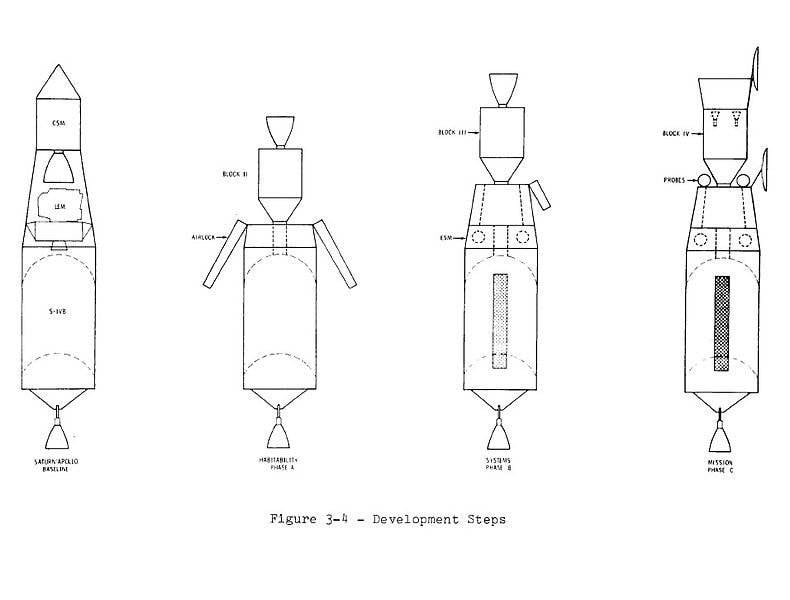
As a result, the separation and re-docking of the system had to be carried out BEFORE the start of dispersal: the Apollo was separated from the S-IVB, was tumbling over the head, and afterwards it was docked with the upper stage by the command module. At the same time, the Apollo propulsion engine was oriented outward, in the direction of flight. An unpleasant feature of this scheme was the non-standard effect of overload on the body of astronauts. When the engine of the accelerating unit S-IVB was turned on, the astronauts flew literally with “eyes on the forehead” - an overload, instead of pressing, on the contrary, “pulling” them out of the seats.
Understanding how difficult and dangerous such an expedition was, it was proposed to prepare for the flight to Venus in several stages:
- test flight around the Earth of the Apollo spacecraft with a docked weight and size mockup S-IVB;
- one-year manned flight of the ligament "Appolon" - S-IVB in geostationary orbit (at a height of 35 786 km above the Earth's surface).
And only then - start to Venus.
Skylab Orbital Station
As time went on, the number of technical problems was growing, as well as the time needed to solve them. The "lunar program" thoroughly devastated the NASA budget. Six landings on the surface of the nearest celestial body: priority has been achieved - the US economy could not draw more. The cosmic euphoria of 1960's has come to its logical conclusion. Congress increasingly cut the budget for the study of the National Aerospace Department, but no one even wanted to hear about any grand manned flights to Venus and Mars: automatic interplanetary stations coped well with the study of space.
As a result, in 1973, the Skylab station was put into Earth orbit instead of the Apollo bundle - S-IVB. A fantastic design, many years ahead of its time - suffice it to say that its weight (77 tons) and the volume of habitable compartments (352 cubic meters) were 4 times higher than those of its peers - the Soviet orbital stations of the Salyut / Almaz series .
The main secret of the Sky Laboratory (SkyLab): it was created on the basis of the third stage S-IVB of the Saturn-V launch vehicle. However, unlike the “Venusian ship,” the entrails of Skylab were never used as a fuel tank. Skylab was immediately launched into orbit with a full complement of scientific equipment and life support systems. Onboard there was a supply of 2000 pounds of food and 6000 pounds of water. The table is set, it's time to receive guests!
And then it began ... The Americans were faced with such a flow of technical problems that the operation of the station turned out to be almost impossible. The power supply system failed, the heat balance was disturbed: the temperature inside the station rose to + 50 ° Celsius. To correct the situation on Skylab, an expedition of three astronauts was urgently sent. During the 28 days spent on board the emergency station, they uncovered a jammed solar panel, mounted a heat shield “screen” on the outer surface and then, using Apollo spacecraft engines, oriented Skylab under such a view that the surface of the hull illuminated by the Sun had minimum area.
The station was somehow brought to a working state, the on-board observatory started working in the X-ray and ultraviolet range. With the help of Skylb equipment, “holes” in the solar corona were discovered, dozens of biological, technical and astrophysical experiments were conducted. In addition to the “repair brigade”, the station was visited by two more expeditions - the duration of 59 and 84 days. In the future, the capricious station was mothballed.
In July, 1979, through 5 years after the last visit by people, Skylab entered the dense atmosphere and collapsed over the Indian Ocean. Part of the wreckage fell on the territory of Australia. So ended the story of the last representative of the era of "Saturn-V".
Soviet TMK
It is curious that a similar project worked in our country: since the beginning of the 1960-ies in the OKB-1, two working groups led by G.Yu. Maximov and K.P. Feoktistov developed the project of a heavy interplanetary spacecraft (TMK) for sending a manned expedition to Venus and Mars (the study of celestial bodies from the flight path without disembarking on their surface). Unlike the Yankees, who initially sought to unify the Appolo Application Program systems, the Soviet Union developed a completely new ship with a complex structure, a nuclear power plant and electrojet (plasma) engines. The estimated mass of the departure stage of the ship in Earth orbit should have been 75 tons. The only thing that connected the TMK project with the domestic “lunar program” was the super-heavy launch vehicle H-1. A key element of all programs, on which our continued success in space depended.
The launch of TMK-1 to Mars was scheduled for 8 July 1971 of the year - in the days of the Great Opposition, when the Red Planet moves closer to the minimum distance from Earth. The return of the expedition was scheduled for July 10 1974.
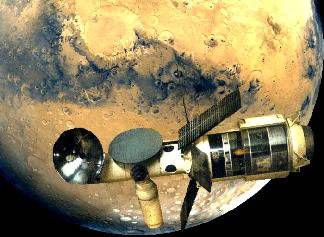
Both variants of the Soviet TMK had a complex algorithm for launching into orbit — a more “light” version of the ship proposed by Maximov’s working group, involved bringing the TMK unmanned module to a low near-earth orbit followed by boarding a crew of three astronauts brought into space on a simple and reliable " Union. " Feokistov’s variant provided an even more sophisticated scheme with several launches of the H-1 with the subsequent assembly of the spacecraft in space.
In the process of working on TMK, a colossal complex of studies was carried out to create life-support systems for the closed cycle and oxygen regeneration, and the issues of crew radiation protection from solar flares and galactic radiation were discussed. A lot of attention was paid to the psychological problems of a person's stay in an enclosed space. Super heavy RN, use of nuclear power plants in space, the latest (at that time) plasma engines, interplanetary communications, docking-uncoupling algorithms for multi-ton parts of a ship in near-earth orbit - TMK appeared before its creators in the form of an extremely complex technical system, practically unrealizable with the help of technology Xnumx's.
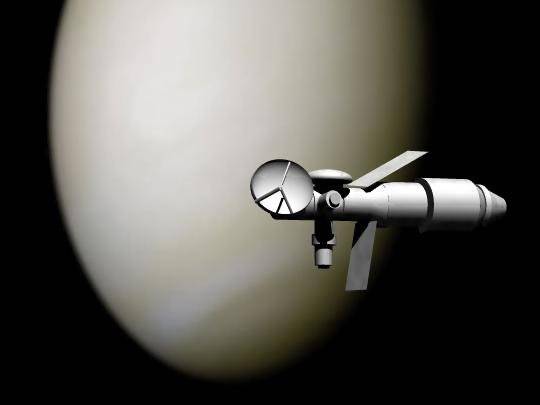
The concept project of a heavy interplanetary spacecraft was frozen after a series of unsuccessful launches of the "lunar" H-1. In the future, it was decided to abandon the development of TMK in favor of orbital stations and other, more realistic projects.
And happiness was so close ...
Despite the availability of all the necessary technologies and all the seeming simplicity of flights to the nearest celestial bodies, the manned circling of Venus and Mars was beyond the power of the glorious conquerors of the space of the 1960-s period.
In theory, everything was relatively good: our science and industry could recreate almost any element of a heavy interplanetary ship, and even launch them separately into space. However, in practice, the Soviet specialists in the rocket and space industry, like their American counterparts, were faced with such a monstrous number of unsolvable problems that the TMK project was buried "under the neck" for many years.
The main issue in the creation of interplanetary ships, as now, was the RELIABILITY of such a system. And there were problems with it ...
Even today, with the modern level of development of microelectronics, electric jet engines, etc. Hi-tech, sending a manned expedition to the Red Planet looks, at a minimum, risky, difficult, and most importantly, an excessively expensive mission for such a project in the reality. Even with the rejection of the attempt to land on the surface of the Red Planet, the man’s long-term stay in the close spaces of the spacecraft, coupled with the need to revive super-heavy launch vehicles, makes modern experts to make an unequivocal conclusion: with the current level of technology, manned missions to the nearest “terrestrial” planets are almost impossible.
Distance! It's all about the enormous distances and time spent on overcoming them.
A real breakthrough will occur only when engines with high and no less high specific impulses are invented, which will ensure the acceleration of the ship to a speed of hundreds of km / s in a short period of time. High flight speed will automatically remove all problems with complex life support systems and long-term stay of the expedition in the vastness of space.
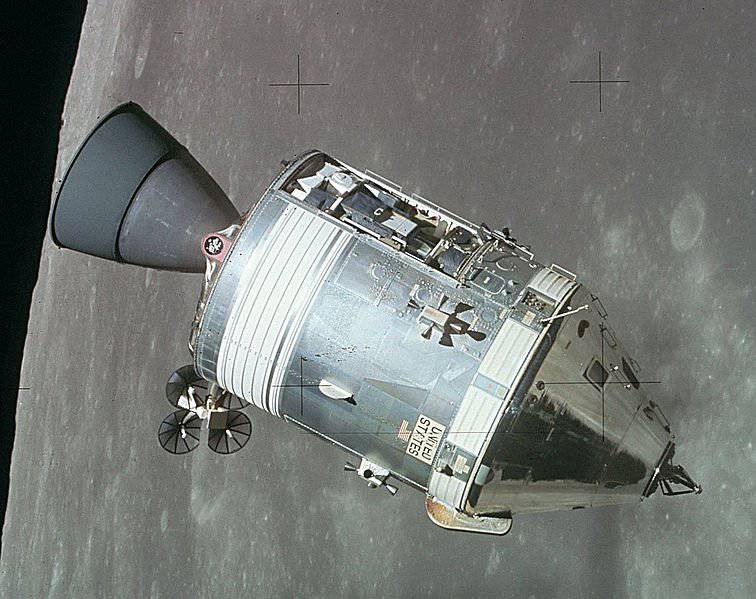
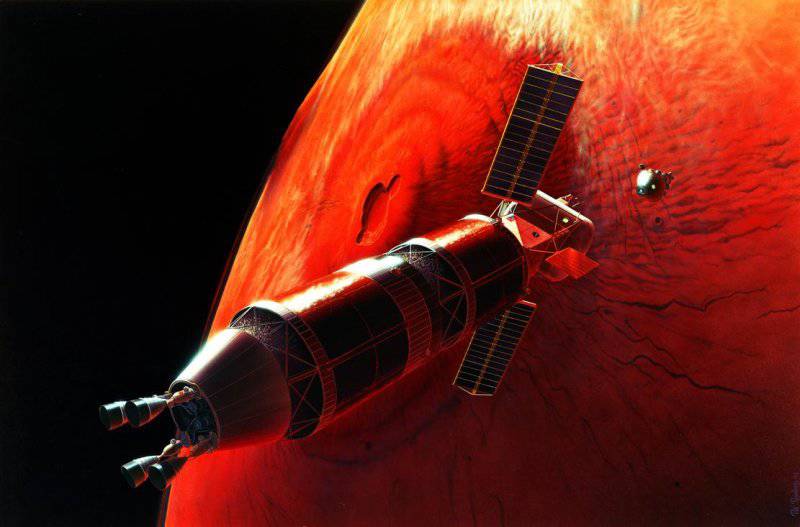
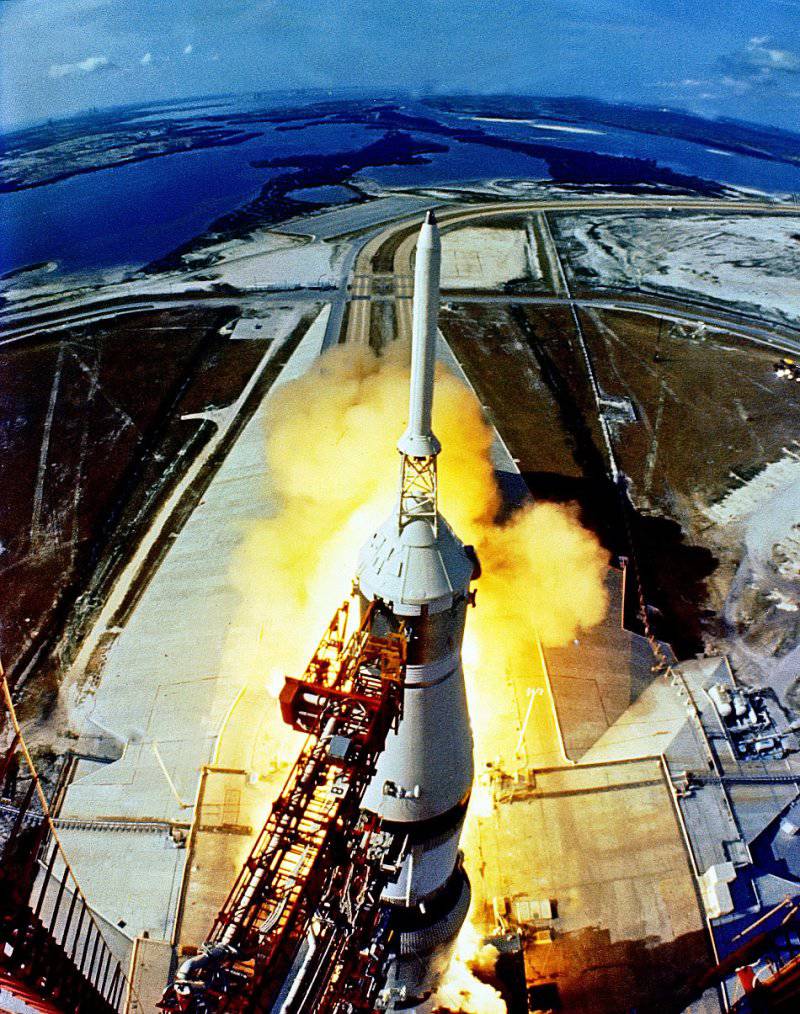
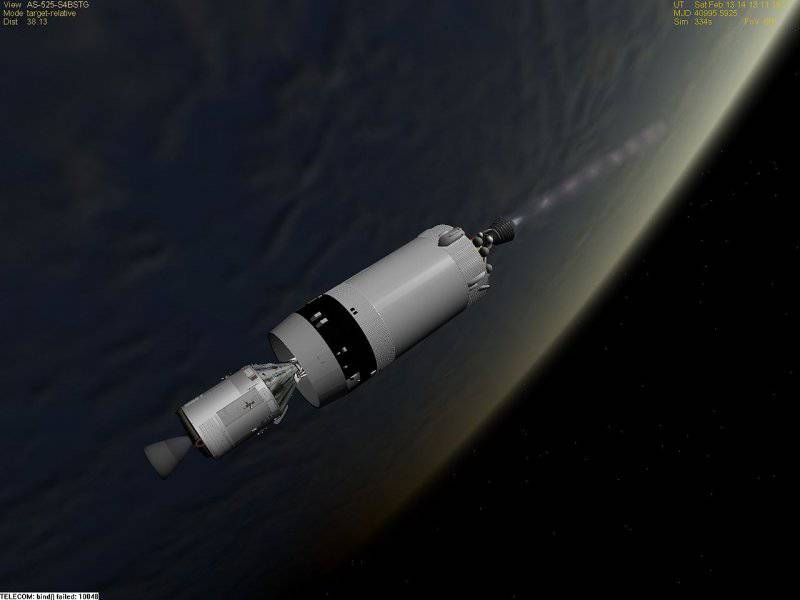
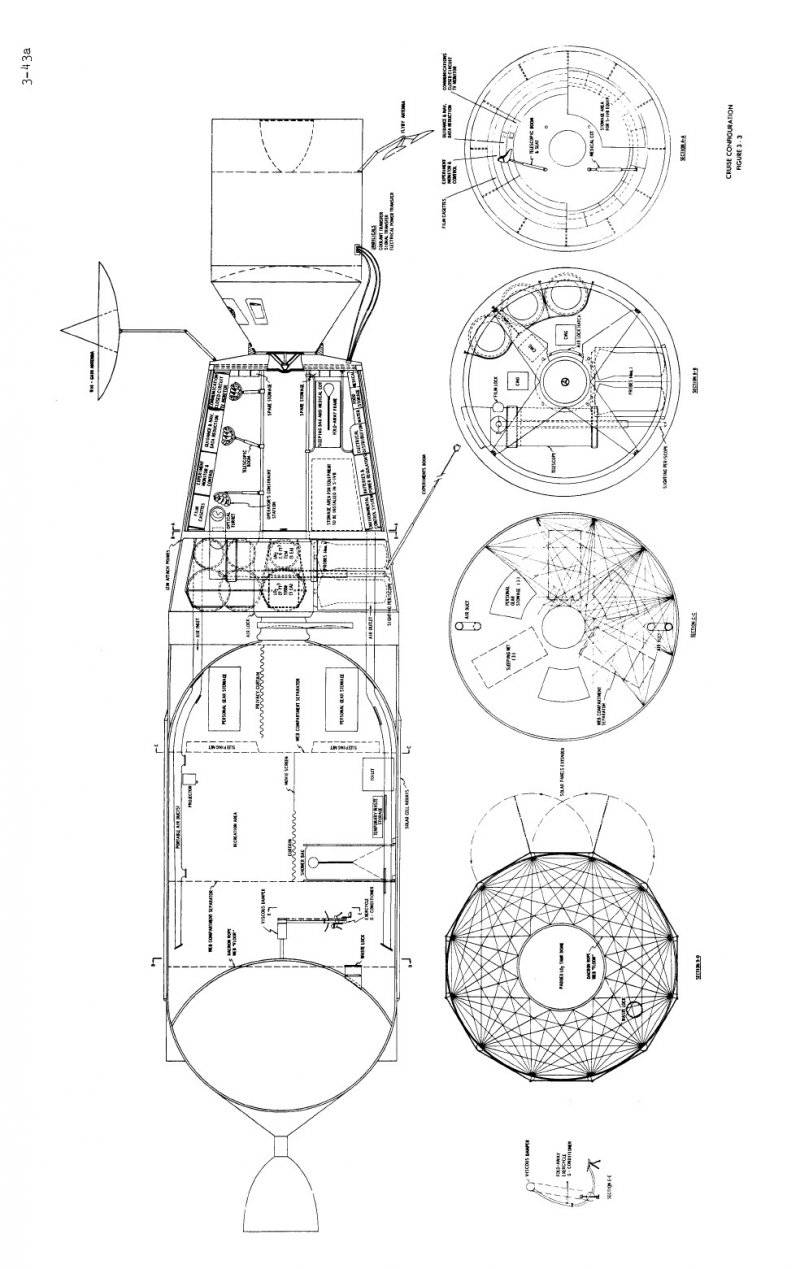
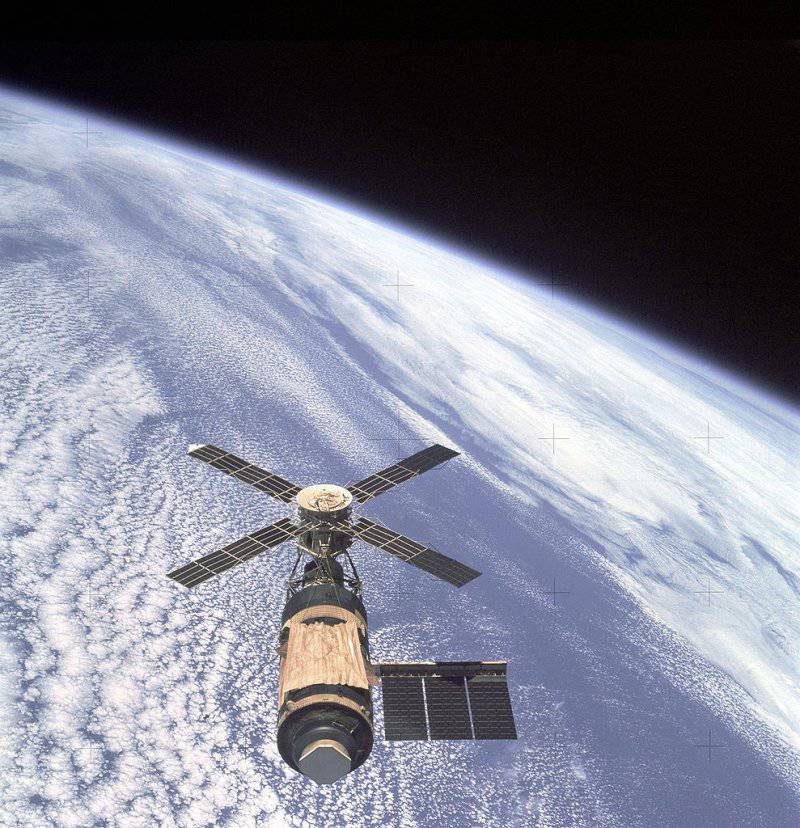
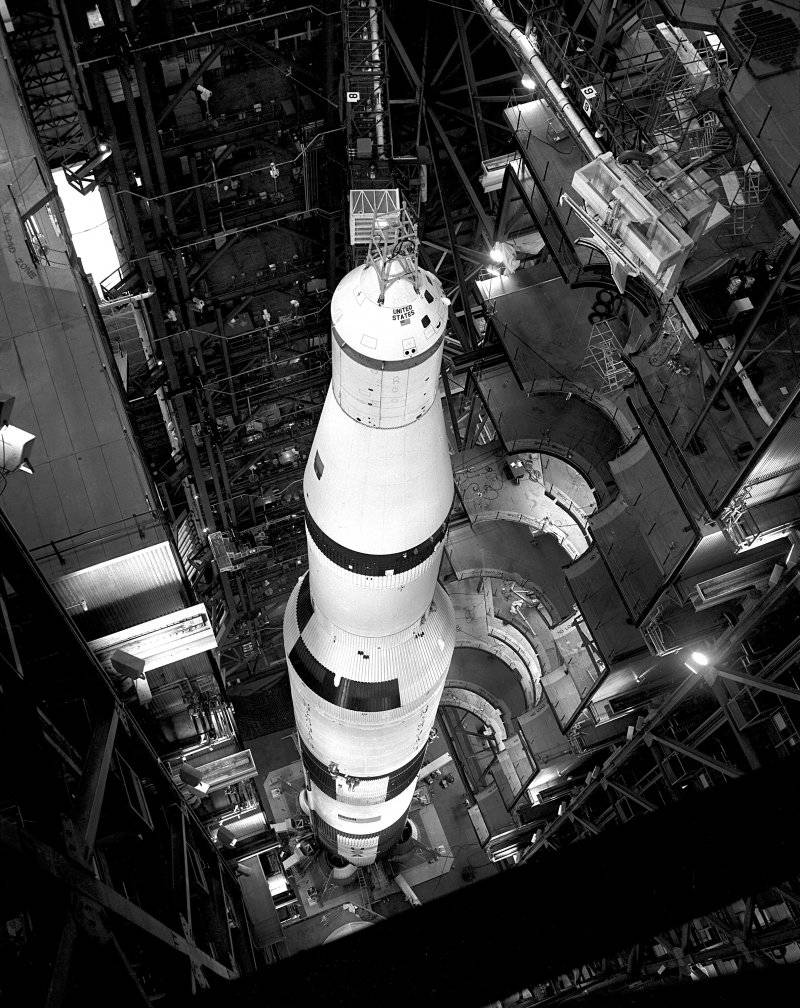
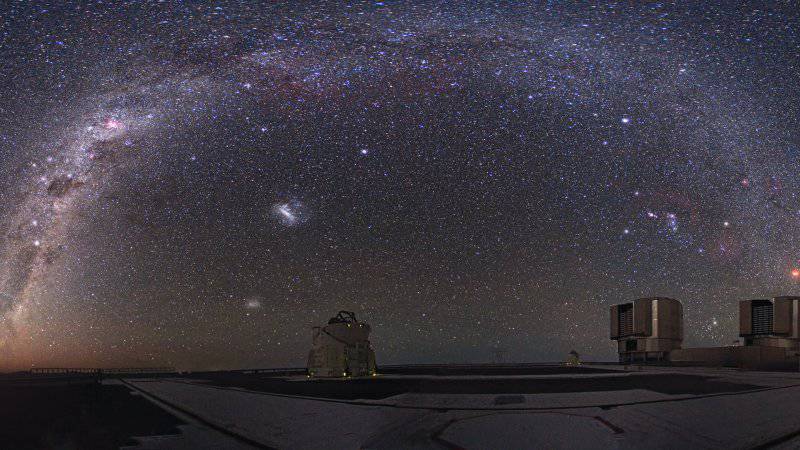
Information